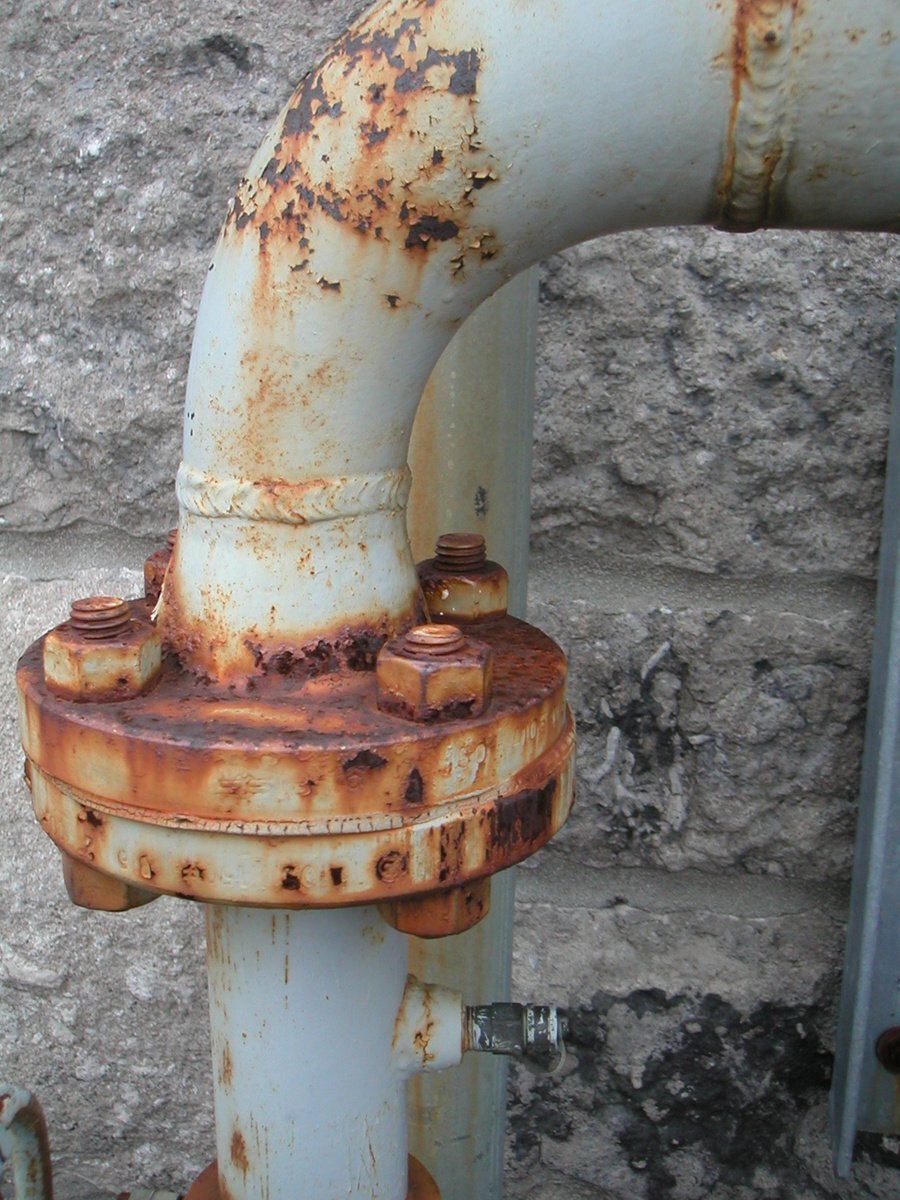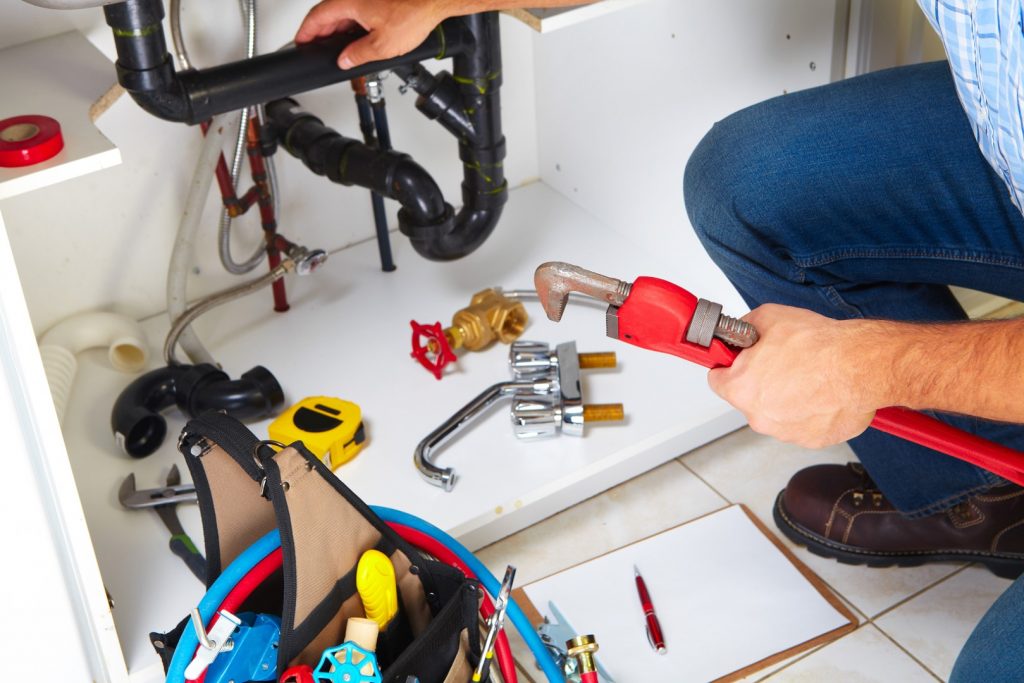The article author is making a few good points related to Plumbing Issues in Older Properties and How to Fix Them overall in the article on the next paragraphs.

Older homes commonly include charm, personality, and background, but they can additionally bring a host of pipes issues. Whether you're dealing with maturing pipes, low water stress, or leaks, knowing how to resolve these usual issues is essential to keeping a risk-free and functional home. In this overview, we'll check out the normal plumbing difficulties encountered by older homes and give practical services to maintain your plumbing in top shape.
Comprehending Common Plumbing Problems
Aging Pipelines
Among one of the most common issues in older homes is aging pipes. Depending on the period in which your home was built, the pipelines could be made from materials that have actually weakened in time, such as galvanized steel, cast iron, or even lead. These materials can corrode, come to be fragile, or develop leakages, leading to water damage and potential carcinogen.
Water High Quality Testing
Older pipes can affect the top quality of your water. Conduct a water high quality test to look for impurities such as lead, rust, or other contaminations that may be introduced by aging pipes.
Solutions for Usual Pipes Problems
Changing Aging Pipes
If your home has old, wearing away pipelines, consider replacing them with modern-day products like copper or PEX. This can be a considerable financial investment, but it will certainly prevent future concerns and improve the safety and dependability of your pipes system.
Fixing Low Water Pressure
To fix low tide stress, start by cleansing or changing old components and getting rid of mineral buildup in the pipes. If the problem continues, it may be necessary to replace sections of corroded pipes.
Fixing and Changing Dripping Pipelines
For tiny leaks, you can utilize pipeline clamps or epoxy putty as a momentary solution. Nonetheless, it's ideal to change leaking pipes entirely to avoid additional damage.
Upgrading Fixtures
Upgrading old components to modern, water-efficient designs can enhance your home's pipes performance and minimize water intake. Try to find fixtures with the WaterSense label for the best effectiveness.
Dealing with Pipe Deterioration
If your pipelines are rusted, changing them with corrosion-resistant products like copper, PVC, or PEX is the very best remedy. Normal evaluations and water high quality upkeep can aid protect against better deterioration.
Low Water Stress
If you're experiencing low tide stress, maybe as a result of mineral deposits, corrosion inside the pipes, or old components that are no more working effectively. This can be a major aggravation, specifically in locations like showers and sinks.
Dripping Pipelines
Leakages are one more regular concern in older homes, frequently caused by corroded or worn-out pipelines. Even small leaks can cause substantial water damage, mold and mildew growth, and increased water bills if not dealt with immediately.
Outdated Fixtures
Outdated plumbing fixtures such as faucets, toilets, and showerheads not only look old but might additionally be much less efficient, prone to leaks, or inappropriate with contemporary pipes requirements.
Pipe Deterioration
Corrosion is a common problem in older pipes, specifically those made from galvanized steel or actors iron. Corroded pipes can limit water circulation, trigger staining, and at some point lead to leakages or pipe ruptureds.
Assessing the Problem of Your Pipes
Inspecting Noticeable Pipes
Begin by inspecting any type of noticeable pipelines in your home, such as those in cellars, crawl spaces, or under sinks. Look for indications of corrosion, leaks, or corrosion, which can indicate underlying issues.
Looking for Leaks
Check for leaks by examining areas around faucets, toilets, and under sinks. You can additionally monitor your water meter prior to and after a period of no water make use of to identify surprise leakages.
When to Call a Professional
While some plumbing issues can be taken care of with DIY options, there are times when it's finest to call in an expert. If you're handling major leakages, considerable corrosion, or are not sure concerning the condition of your pipelines, a licensed plumbing can provide expert evaluation and repair.
Preventive Maintenance Tips
Normal Evaluations
Regularly evaluate your plumbing system for indications of wear and tear. Catching concerns early can prevent expensive repairs down the line.
Water Stress Policy
Guarantee your water pressure is within the recommended variety to avoid emphasizing your pipes and components. A plumber can mount a stress regulatory authority if required.
Water High Quality Upkeep
Install water filters or conditioners if your water top quality is poor. This can protect your pipelines and fixtures from damages caused by tough water or contaminants.
Aggressive Pipeline Substitute
If your home has very old pipelines, consider positive substitute before major issues occur. This can conserve you from emergency fixings and water damage.
Conclusion
Dealing with plumbing issues in older homes requires a mix of alertness, preventative upkeep, and prompt upgrades. By recognizing the usual difficulties and understanding when to look for professional aid, you can guarantee your pipes system stays useful and dependable for years to come.
Common Plumbing Issues in Older Homes and How to Fix Them
Owning an older home in Australia comes with its unique charm and a set of challenges, especially when it comes to plumbing. The Sunshine Coast has many older properties that can harbour plumbing problems that aren t just inconvenient but potentially costly. Here s a look at some common plumbing issues in older homes and expert advice on how to handle them.
Outdated Piping Materials
Many older homes were built with galvanised steel, cast iron, or even lead pipes, materials that are far from ideal by today s standards. Galvanised pipes are prone to corrosion and clogging, while lead pipes pose serious health risks.
How to Fix:
Replacing old pipes is a job for a professional. Upgrading to copper or PVC piping not only enhances water quality and flow but also increases the property s safety and value. If you suspect your home has outdated materials, a licensed plumber can conduct a thorough inspection and recommend the best course of action.
Corrosion and Pipe Degradation
Over time, exposure to water and minerals can cause pipes to corrode, leading to leaks, bursts, and water contamination. Corrosion is especially common in homes over 50 years old.
How to Fix:
Regular inspections can catch early signs of corrosion. If corrosion is found, the affected section of piping often needs to be replaced. For homes with extensive corrosion, a complete plumbing overhaul might be necessary. It s crucial to consult with a plumbing expert to understand the extent of the issue.
Tree Root Intrusion
Older neighbourhoods usually have mature trees whose roots can intrude into pipe lines, causing blockages or damage. This is particularly problematic for sewer lines, where roots seek out water sources.
How to Fix:
A plumber can use a specialised camera to inspect sewer lines for root intrusion. If roots are a problem, methods like root cutting or hydro-jetting can clear the obstruction. In severe cases, part of the pipe may need replacing. Consider root barriers around the piping to prevent future issues.
Inadequate Water Pressure
Low water pressure in older homes can be due to various factors, including corroded water lines, sediment build-up in pipes, or outdated fixtures.
How to Fix:
First, check if the low pressure is isolated to one area or throughout the house. Replacing old fixtures can sometimes resolve the issue. However, if the problem is more widespread, it might be due to sediment or corrosion. Flushing the system or replacing the affected pipes usually restores normal pressure. Again, a professional assessment is advisable.
Outdated Fixtures
Older homes often feature fixtures that are not only visually dated but functionally inefficient. This includes everything from toilets and taps to showerheads and washing machine hoses.
How to Fix:
Updating these fixtures can improve both water efficiency and the aesthetic appeal of your home. Modern fixtures are designed to conserve water, which can significantly reduce your water bill and lessen your environmental impact.
Conclusion
Maintaining the plumbing in an older home requires a proactive approach. Regular checks and updates are key to preserving these beautiful properties. If you re facing plumbing issues in your older home, it s best to call on experienced professionals like Green & Gold Plumbing & Gas. With the right expertise, even the most daunting plumbing problems can be resolved, ensuring that your home s character is maintained while its functionality is enhanced.
https://gandgplumbing.com.au/common-plumbing-issues-in-older-homes-and-how-to-fix-them/

I found that review on Plumbing Issues in Older Properties and How to Fix Them when doing research the internet. Those who appreciated our post if you please consider to pass it around. I praise you for being here. Kindly pay a visit to our site back soon.
Call Today
Comments on “Advice to Managing Plumbing Problems in Older Homes”